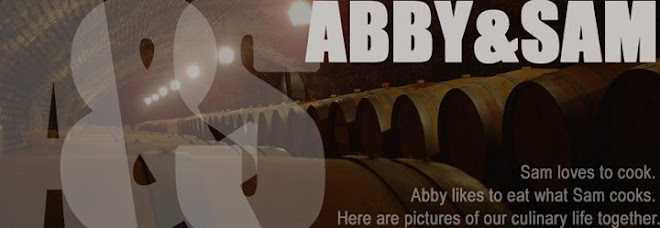 A while back I signed up for one of those book clubs where you get a whole bunch of free books up front. I figured that it would be a good way to stock up my cookbook library, and I really thought that I would get around to canceling my membership as soon as I was able to. Of course, they make it really hard to do this - you have to actually send in a letter, as if anyone uses paper mail anymore - so I still haven't gotten around to canceling. You also have to go to the website and opt out of the selections that they otherwise send to you every month. This is yet another thing that I usually never get around to doing. Usually, I send them back, but when a Southern cookbook showed up on my doorstep, I was intrigued. This is my first crack at Southern food: collards, Hoppin' John (rice w/ black eyed peas and some other stuff), and chicken braised in beer, onions, and tomatoes. The first two dishes were from the cookbook, the last one was just something I threw together to get rid of some cheap beer that had been sitting in the pantry since our last party.
A while back I signed up for one of those book clubs where you get a whole bunch of free books up front. I figured that it would be a good way to stock up my cookbook library, and I really thought that I would get around to canceling my membership as soon as I was able to. Of course, they make it really hard to do this - you have to actually send in a letter, as if anyone uses paper mail anymore - so I still haven't gotten around to canceling. You also have to go to the website and opt out of the selections that they otherwise send to you every month. This is yet another thing that I usually never get around to doing. Usually, I send them back, but when a Southern cookbook showed up on my doorstep, I was intrigued. This is my first crack at Southern food: collards, Hoppin' John (rice w/ black eyed peas and some other stuff), and chicken braised in beer, onions, and tomatoes. The first two dishes were from the cookbook, the last one was just something I threw together to get rid of some cheap beer that had been sitting in the pantry since our last party.It was a pretty hot evening, and since we were doing a Southern dinner, Andre mixed up a batch of mint juleps on the rocks.









































